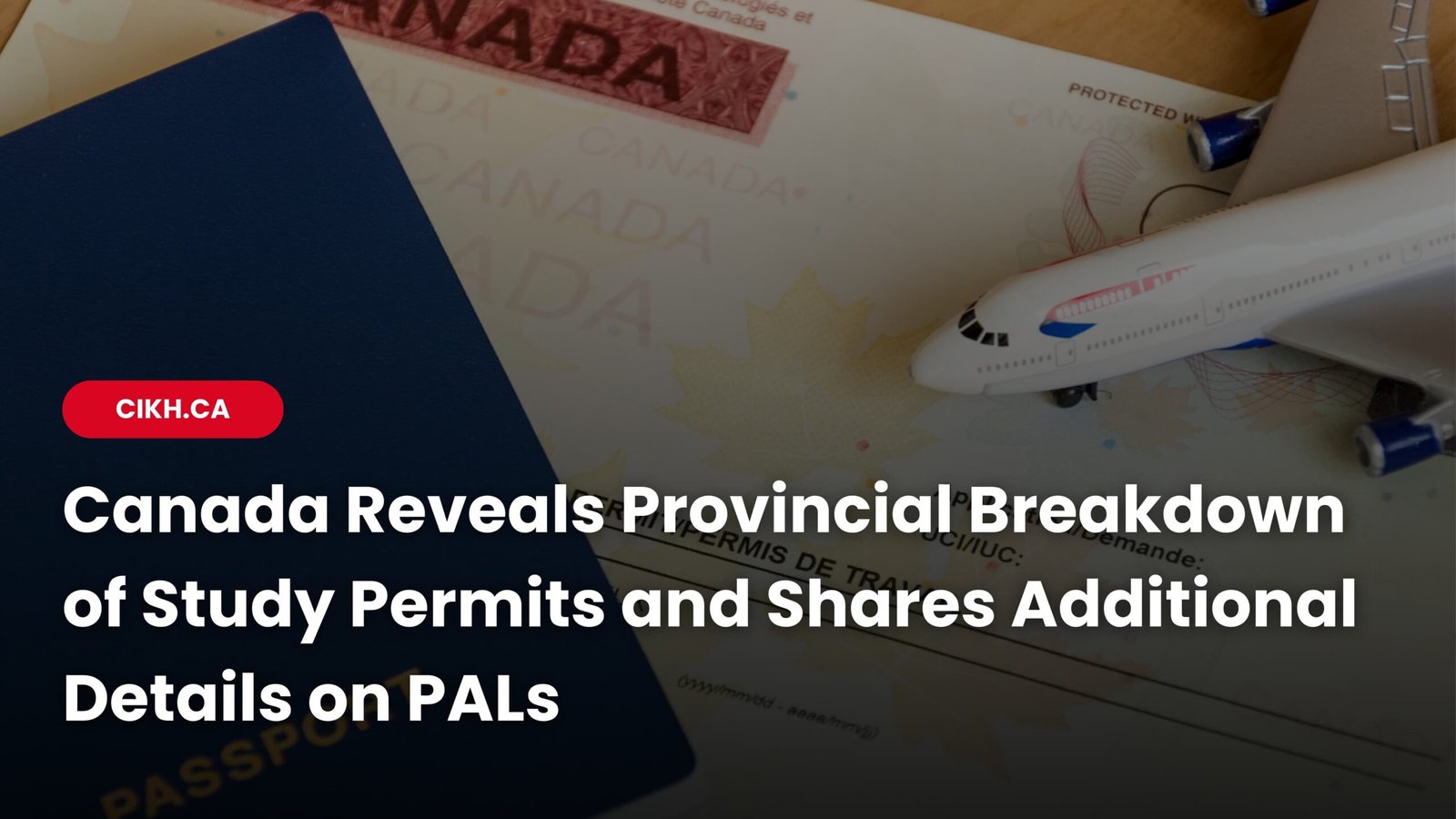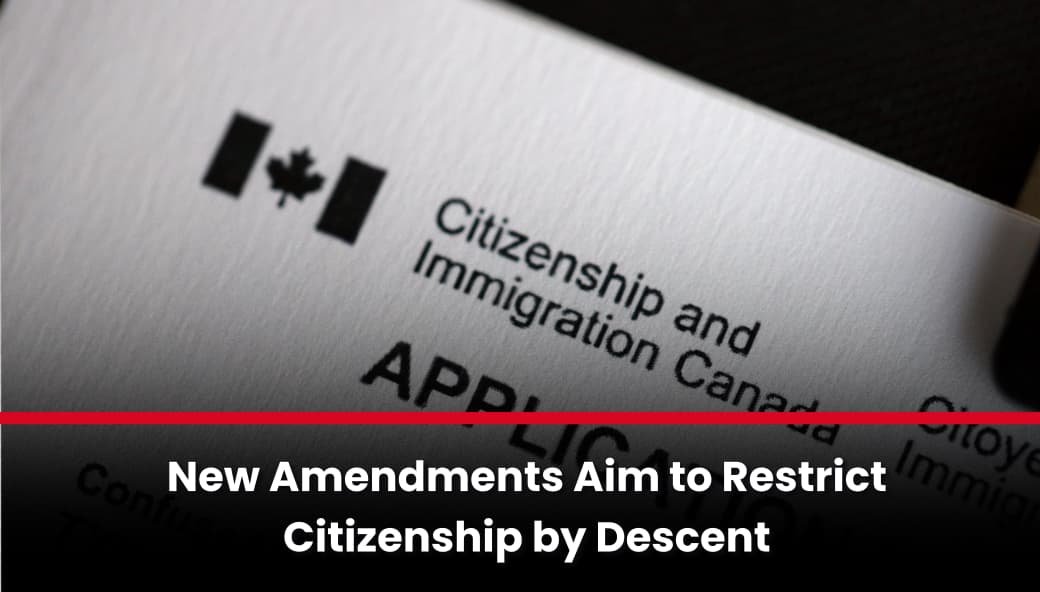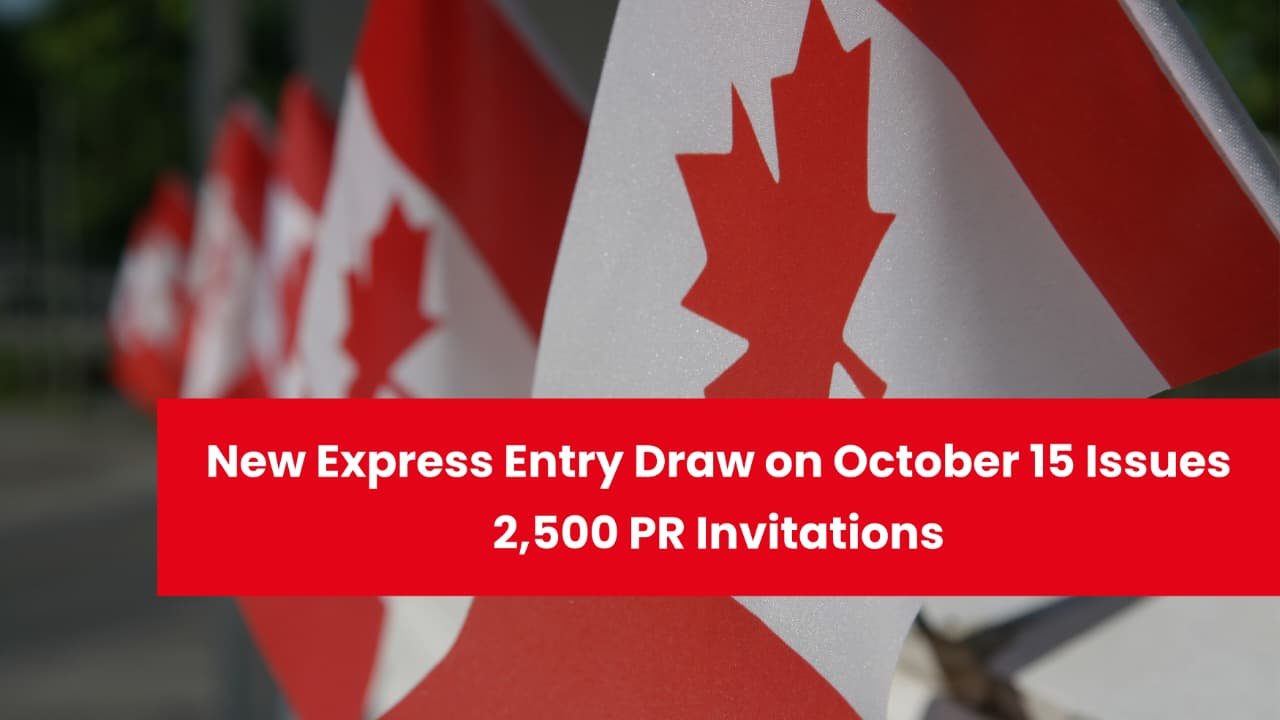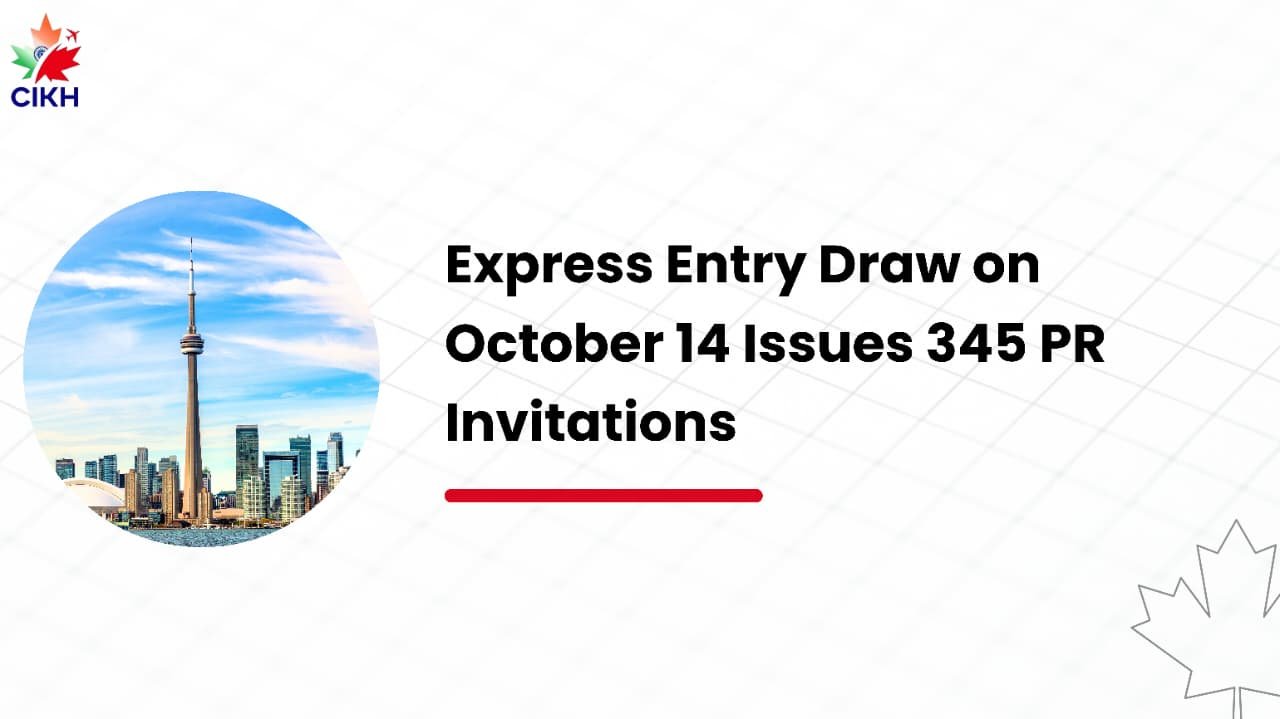Immigration, Refugees and Citizenship Canada (IRCC) has released details on the provincial breakdown of its 2025 study permit allocation, specifying the expected number of international students each province will receive. It also provided more information on the new Provincial Attestation Letter (PAL) requirement.
The federal government projects that 437,000 study permits will be issued in 2025, which represents a 10% decrease compared to 2024. To implement this cap, IRCC has introduced the PAL system.
In a recent update, IRCC provided a detailed breakdown of how study permits will be allocated in 2025, categorizing students based on whether they require a PAL and those exempt from this requirement.
Projected Study Permits for International Students in 2025:
- Graduate degree students: 73,282
- Kindergarten to grade 12 applicants (PAL/TAL-exempt): 72,200
- All other PAL/TAL-exempt applicants: 48,524
- Remaining PAL/TAL-required applicants: 242,994
- Total: 437,000
Graduate degree students, which include those pursuing master’s or doctoral degrees, will account for 16.77% of all study permits issued in 2025. The government had previously announced that 12% of the allocation would be reserved for master’s and doctoral students. The remaining 242,994 permits will go to students in other categories requiring PALs, such as those in post-secondary programs or non-degree graduate programs like certificates and diplomas.
Provincial and Territorial Breakdown for PAL/TAL-required Students:
The table below displays the expected distribution of study permits across Canadian provinces and territories for students who must submit a PAL or TAL:
| Province/Territory | Graduate Degree Students | Remaining Students Requiring PAL/TAL | Total Study Permits |
|---|---|---|---|
| Alberta | 3,887 | 28,773 | 32,660 |
| British Columbia | 20,053 | 33,536 | 53,589 |
| Manitoba | 1,224 | 8,797 | 10,021 |
| New Brunswick | 1,400 | 5,030 | 6,430 |
| Newfoundland & Labrador | 1,456 | 3,208 | 4,664 |
| Northwest Territories | 0 | 220 | 220 |
| Nova Scotia | 1,954 | 6,343 | 8,297 |
| Nunavut | 0 | 220 | 220 |
| Ontario | 21,841 | 94,899 | 116,740 |
| Prince Edward Island | 205 | 1,045 | 1,250 |
| Quebec | 19,683 | 53,294 | 72,977 |
| Saskatchewan | 1,578 | 7,291 | 8,869 |
| Yukon | 1 | 338 | 339 |
| Total | 73,282 | 242,994 | 316,276 |
Additionally, IRCC has set a maximum of 550,162 study permit applications it will process for students required to submit a PAL or TAL across all provinces and territories.
Maximum Allocations for Study Permits:
| Province/Territory | Allocations for Graduate Students | Allocations for Other PAL/TAL-required Students | Total Allocations |
|---|---|---|---|
| Alberta | 5,256 | 42,082 | 47,338 |
| British Columbia | 28,333 | 47,754 | 76,087 |
| Manitoba | 1,980 | 16,611 | 18,591 |
| New Brunswick | 3,112 | 11,673 | 14,785 |
| Newfoundland & Labrador | 2,648 | 6,534 | 9,182 |
| Northwest Territories | 0 | 705 | 705 |
| Nova Scotia | 4,191 | 14,411 | 18,602 |
| Nunavut | 0 | 0 | 0 |
| Ontario | 32,579 | 149,011 | 181,590 |
| Prince Edward Island | 391 | 2,044 | 2,435 |
| Quebec | 38,786 | 123,956 | 162,742 |
| Saskatchewan | 2,791 | 14,850 | 17,641 |
| Yukon | 1 | 463 | 464 |
| Total | 120,068 | 430,094 | 550,162 |
New PAL Requirements:
As of January 24, 2025, IRCC implemented new requirements for master’s and doctoral students, who must now submit a PAL letter with their study permit application. This change follows the announcement made on September 18, 2024, which removed the previous exemption for these groups.
The government has introduced a new exemption: exchange students no longer need to submit a PAL or TAL.
Other groups exempt from the PAL or TAL requirements include:
- Primary and secondary (kindergarten to grade 12) students
- Certain Government of Canada priority groups and vulnerable cohorts
- Existing study permit holders applying for an extension at the same designated learning institution (DLI) and at the same level of study.
Background:
The cap on study permit applications aligns with the federal government’s goal to reduce the percentage of temporary residents in Canada’s population. As part of the Immigration Levels Plan for 2025-2027, announced in October 2024, the government set targets for temporary residents, including students and work permit holders under the International Mobility Program (IMP). The study permit cap supports the 2025 target of 305,900 student arrivals under the Immigration Levels Plan.
The planned reduction in international student admissions, along with new restrictions on family open work permits and Post Graduation Work Permits (PGWPs), aims to reduce the overall number of foreign nationals arriving under the IMP. The target for IMP admissions in 2025 is 285,750, with a further reduction to 128,700 in 2026.
Note: The government considers immigration levels for 2026 provisional and may revise them in the next Immigration Levels Plan.
Book a consultation today to receive personalized advice and keep your application on track. Our experts are here to help you understand the latest requirements and provide guidance tailored to your specific situation. Book Your Consultation Now!





